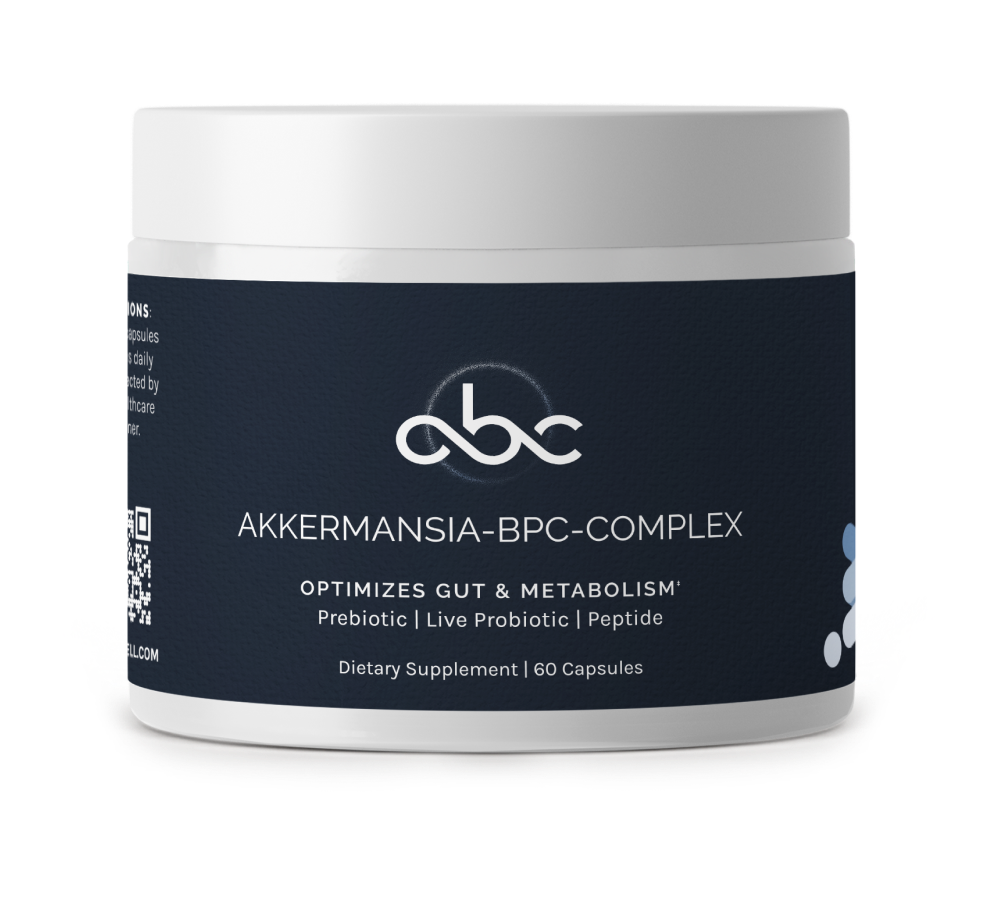Introduction
Longevity, the desire to extend our lifespan while preserving health and vitality, has been a fascination throughout human history. In the quest for longevity, medical science has made significant strides, unveiling the roles of cellular processes, senescent cells, mitochondrial function, and telomere health in the aging process. Alongside these breakthroughs, natural compounds have emerged as promising contenders in supporting healthy aging. This article delves into the cellular processes associated with aging, predominantly senescent cell formation, mitochondrial dysfunction and telomere impairment, and ultimately shedding light on their implications for longevity and how to correlate specific diagnostic testing to these processes.
Overview of Senescent Cell Formation
Cellular senescence is a phenomenon characterized by a state of permanent growth arrest in cells. Senescent cells accumulate in our bodies as we age, contributing to age-related tissue dysfunction and promoting the development of various age-related diseases. Senescence can be triggered by several factors, including DNA damage, telomere attrition, and oxidative stress. Once cells reach a critical stage of damage, they undergo senescence as a protective mechanism against potential genomic instability and the progression of damaged cells. While senescent cells initially serve a beneficial role in preventing cancer and aiding tissue repair, their accumulation over time becomes detrimental to overall health and longevity.
The Role of Autophagy in Longevity and Healthy Aging
Autophagy, a critical cellular process, plays a key role in promoting longevity and healthy aging. It involves the recycling and removal of damaged or unnecessary cellular components, such as organelles and proteins. By clearing damaged cellular components, autophagy ensures cellular homeostasis and supports the maintenance of healthy, functional cells. This process becomes increasingly important as we age since cellular damage and dysfunctional components accumulate over time. Autophagy is tightly regulated by various signaling pathways, including the mTOR and AMPK pathways. Proper autophagy is essential for maintaining cellular health and promoting longevity.
Mitochondrial Function and Its Impact on Aging
Mitochondria, often referred to as the powerhouse of the cell, are organelles responsible for generating energy through oxidative phosphorylation. They play a critical role in cellular metabolism and energy production. However, as mitochondria generate energy, they also produce reactive oxygen species (ROS), leading to oxidative stress and potential damage to cellular components. Mitochondrial dysfunction, characterized by decreased energy production and increased ROS generation, is closely associated with aging and age-related diseases. By supporting mitochondrial health, cells can maintain optimal energy production and reduce the negative impact of oxidative stress, thus contributing to healthy aging and longevity.
Telomere Health and Longevity
Telomeres, the protective caps at the ends of chromosomes, play a crucial role in maintaining genomic stability. With each cell division, telomeres naturally shorten, and their integrity becomes essential in preventing chromosome fusion and damage. Shortened telomeres trigger a DNA damage response, leading to cellular senescence or apoptosis. Therefore, preserving telomere length and health is vital for maintaining cellular function and supporting longevity. Telomerase, an enzyme that adds repetitive DNA sequences to telomeres, helps counteract telomere shortening. However, its activity declines with age. Understanding telomere biology and its relationship to aging provides insights into potential interventions to promote healthy aging and extend lifespan.
Correlating Biomarkers to Aging
Because there are no commercially available mitochondrial tests or senescent cell tests, we have to rely on other biomarkers for guidance as to which patients should be paying close attention to these areas. There are telomere tests and for those patients who aim to be as proactive as possible in their aging journey, those tests should be leveraged. With all of that said, we do know that inflammation levels and other blood biomarkers play crucial roles in the development and progression of age-related conditions, including senescent cell formation, mitochondrial dysfunction, and telomere impairment. Here are some correlations that have been observed:
1. Inflammation and Senescent Cell Formation:
- Chronic inflammation, characterized by elevated levels of pro-inflammatory cytokines such as interleukin-6 (IL-6) and tumor necrosis factor-alpha (TNF-alpha), can promote the formation and accumulation of senescent cells in tissues. Inflammatory signaling pathways, such as the NF-kappaB pathway, play a role in driving senescence in response to cellular stress and damage.
- Senescent cells, in turn, secrete a range of inflammatory factors, collectively known as the senescence-associated secretory phenotype (SASP), which can perpetuate and amplify chronic inflammation. This creates a vicious cycle where senescent cell accumulation and inflammation feed into each other, contributing to age-related pathologies.
2. Blood Biomarkers and Mitochondrial Dysfunction:
- Elevated levels of oxidative stress biomarkers, such as malondialdehyde (MDA) and reactive oxygen species (ROS), are indicative of increased mitochondrial dysfunction. Excessive ROS production can damage mitochondrial components, leading to compromised mitochondrial function.
- Decreased levels of antioxidant enzymes, such as superoxide dismutase (SOD) and glutathione peroxidase (GPx), in the blood are associated with impaired cellular antioxidant defenses. This can exacerbate oxidative stress and mitochondrial dysfunction.
3. Blood Biomarkers and Telomere Impairment:
- Telomere length is a crucial biomarker of cellular aging and health. Shortened telomeres are associated with cellular senescence and increased mortality risk.
- Telomere length in peripheral blood leukocytes can serve as a marker of systemic telomere dynamics. Studies have shown that shorter telomeres in peripheral blood leukocytes are associated with age-related diseases, including cardiovascular disease, diabetes, and cancer.
4. Inflammation and Telomere Impairment:
- Chronic inflammation can lead to the activation of immune cells, such as T cells, which can accelerate telomere shortening. Inflammatory cytokines and oxidative stress generated during chronic inflammation can contribute to DNA damage and accelerated telomere attrition.
- Additionally, chronic inflammation is associated with increased levels of circulating inflammatory factors, which can impact telomerase activity. Reduced telomerase activity leads to inadequate telomere maintenance, further contributing to telomere impairment.
The correlation between inflammation levels, blood biomarkers, and age-related processes such as senescent cell formation, mitochondrial dysfunction, and telomere impairment underscores the interconnectedness of these factors in the aging process. Chronic inflammation, oxidative stress, and altered blood biomarkers contribute to the dysregulation of cellular processes and promote the development of age-related diseases.
Understanding these correlations offers valuable insights into potential interventions aimed at mitigating the effects of aging. Therapies that target inflammation, oxidative stress, and blood biomarkers may hold promise in promoting healthy aging, reducing senescent cell burden, preserving mitochondrial function, and maintaining telomere health. By addressing these underlying factors, researchers aim to pave the way for innovative approaches that enhance longevity and overall well-being in the aging population.











